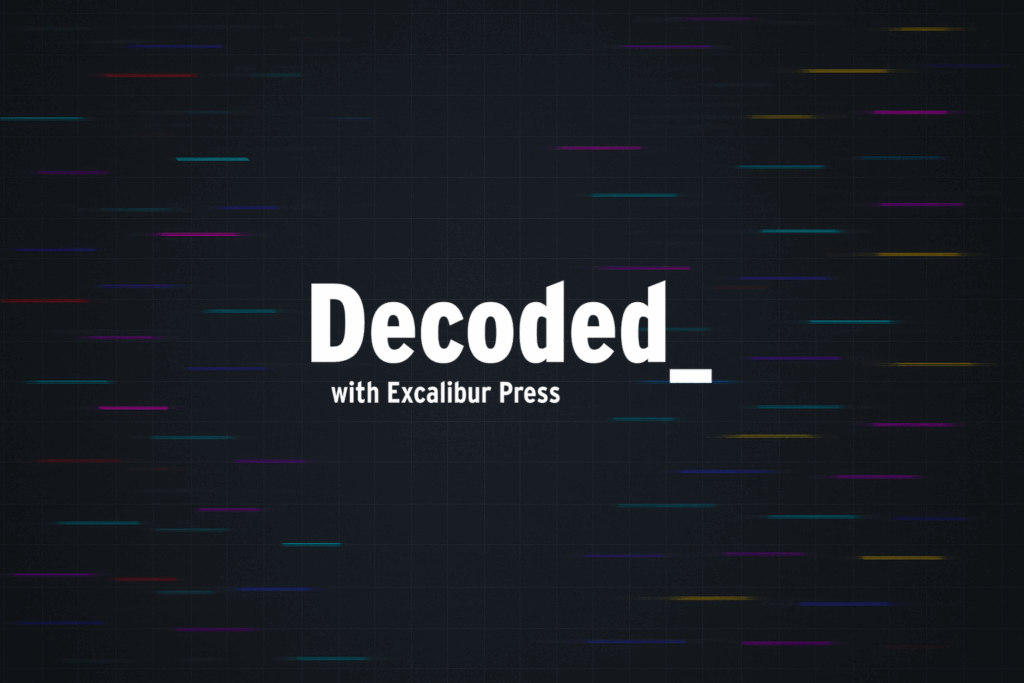When we talk about digital accessibility, we often focus on the technical requirements. Can someone with a screen reader navigate a website? Can a person with low vision read the text? Are videos captioned? These are crucial questions, and standards like WCAG give us a framework to address them. But accessibility is bigger than whether the door is open. It’s also about what happens once you walk through it.
True accessibility means asking deeper questions: Can people gain real value from this tool? Can they use it without hidden barriers that slow them down or quietly signal they don’t belong? Sometimes, what looks accessible on paper still creates frictions – small points of confusion, inconvenience, or exclusion – that accumulate over time. These frictions often reflect whose needs were centred during design and whose were treated as edge cases.
This is where cyberfeminism offers valuable insights. For those unfamiliar with the term, cyberfeminism emerged in the early 1990s as a way of examining technology through feminist perspectives on power, identity, and inclusion. Pioneered by thinkers like Sadie Plant and the VNS Matrix collective, it challenges us to look beyond surface functionality and ask: Who designed this system? Whose assumptions shaped it? Who was imagined as the “typical” user, and who was an afterthought?
These questions become even more urgent as we move towards what’s being called Industry 5.0 – a vision of technology that puts human wellbeing and sustainability at the centre, rather than just efficiency and automation. Where Industry 4.0 focused on smart systems and connectivity, Industry 5.0 asks how technology can adapt to human needs rather than forcing humans to adapt to technology. This shift aligns perfectly with a cyberfeminist approach to accessibility: both demand that we design with humanity’s full diversity in mind.
We recently experienced this firsthand when working with Arts Care on their new website. Like many organisations, they didn’t have unlimited resources to implement every accessibility feature from day one. But what they did have was the right ethos – a genuine commitment to serving their entire community. We started with the basics: clear navigation, readable fonts, proper heading structure. Then, crucially, we involved their users, including disabled artists and participants, in testing and feedback.
What we learned transformed the project. Users pointed out assumptions we’d made – like expecting everyone to understand certain arts terminology or navigate complex forms. They showed us where small frictions were adding up to real barriers. Most importantly, they helped us understand that perfection wasn’t the goal; progress was.
This brings us to a crucial point: you don’t need vast resources to start improving accessibility. What you need is the right mindset and a willingness to begin. Accessibility isn’t a destination you reach once and tick off your list. It’s an ongoing journey of listening, learning, and iterating in collaboration with your audience.
Many of our current standards were developed with good intentions, but they’re not the end of the conversation. They give us structure, but they can also narrow our thinking if we treat them as complete solutions. Accessibility isn’t just a checklist – it’s an ongoing practice of listening, learning, and adjusting.
So, what can we do differently? Here are some practical steps to consider:
Start where you are. You don’t need to achieve perfect accessibility before launching. Begin with core improvements – readable text, logical navigation, image descriptions – then build from there. The Arts Care project reminded us that starting imperfectly but genuinely is better than not starting at all.
Talk to people directly. Don’t assume you know what accessible means to different users. Ask real people with diverse disabilities and backgrounds what helps them and what creates barriers. Their lived experience often reveals issues no guideline captures.
Include diverse voices early and throughout. Bring people with different abilities, identities, and perspectives into your process from the planning stage, not just for testing. When marginalised voices shape the design, rather than just validate it, the results are fundamentally different.
Hunt for hidden frictions. Look beyond whether something technically works. Where do people have to work harder? Where do they need workarounds? What assumptions might exclude certain users? Small barriers compound quickly.
Use standards as a foundation, not a ceiling. Guidelines like WCAG are essential starting points, but always ask: What’s missing? Who might this still exclude? What would truly equitable access look like here?
Embrace the ongoing nature of accessibility. Plan for regular reviews and updates. Set up feedback channels. Budget for improvements over time. Accessibility evolves as technology and user needs change – your approach should too.
Stay open to uncomfortable critiques. Perspectives like cyberfeminism can challenge our assumptions and highlight biases we didn’t know we had. That discomfort often signals an opportunity to do better.
Consider intersectionality. People don’t experience disability in isolation. How does your design work for someone who is both deaf and has limited income? For someone using assistive technology on an old device with a slow connection? Real accessibility addresses these overlapping challenges.
Digital accessibility isn’t about compliance or charity. It’s about recognising that when we build digital spaces, we’re shaping who can participate in modern life. Every design choice either opens doors or creates barriers. When we combine technical standards with genuine curiosity about different experiences, we can build technology that doesn’t just work – but works fairly for everyone.
This shift in thinking – from accommodation to equity, from checklists to ongoing dialogue – is what cyberfeminism brings to accessibility. It reminds us that true inclusion requires examining power structures and centring voices that have been marginalised. And as we move towards Industry 5.0’s vision of human-centred technology, these perspectives become not just valuable but essential.
Remember: the goal isn’t to get accessibility “done.” It’s to build it into your culture, to see it as an ongoing conversation with the people you serve. Start with the right intentions, take the first steps, and keep moving forward in partnership with your users.

